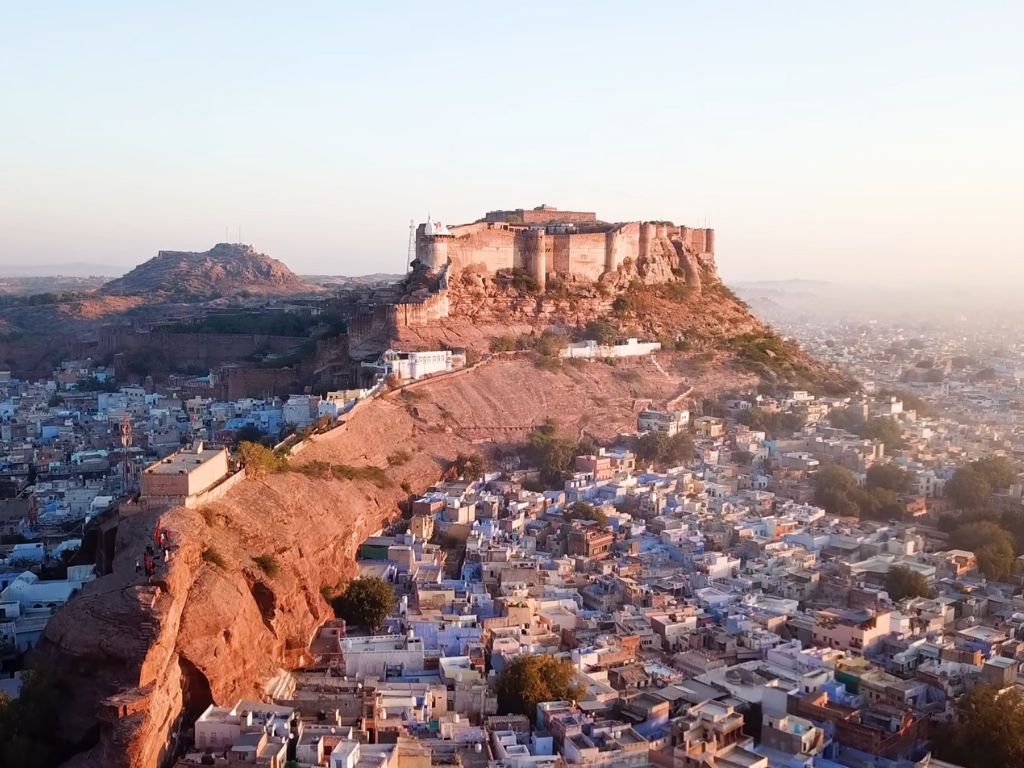Did you know that India has been the target of over 100 major terrorist attacks in the last decade? As a U.S. traveler, this alarming statistic should give you pause and prompt you to carefully consider the risks before embarking on a trip to the subcontinent. The stark reality is that India’s vibrant culture and picturesque landscapes are often overshadowed by the very real threats of crime, civil unrest, and terrorism that travelers must navigate.
For Sarah, a recent college graduate from Los Angeles, the decision to visit India was a dream come true. She had heard countless stories of the country’s rich history, delectable cuisine, and warm hospitality. However, as she began her research, Sarah was confronted with a slew of travel advisories and safety warnings from the U.S. Department of State. Suddenly, her excitement was tinged with uncertainty and apprehension about the potential risks she might face.
As a responsible traveler, Sarah knew she needed to heed the government’s advice and take the necessary precautions to ensure her safety. After all, her family and friends were counting on her to return home safely. With a mix of caution and determination, Sarah set out to navigate the complexities of travel in India, determined to have the adventure of a lifetime while prioritizing her personal security.
Key Takeaways
- The U.S. government advises increased caution when traveling to India due to crime and terrorism.
- Certain regions, such as Jammu and Kashmir and areas near the India-Pakistan border, are considered high-risk and should be avoided.
- Terrorist attacks, civil unrest, and violent crime are common, particularly in tourist locations, transportation hubs, and government facilities.
- The U.S. government’s ability to provide emergency services is limited in certain rural areas of India.
- Travelers should review personal security plans, remain alert, enroll in the Smart Traveler Enrollment Program, and prepare contingency plans for emergency situations.
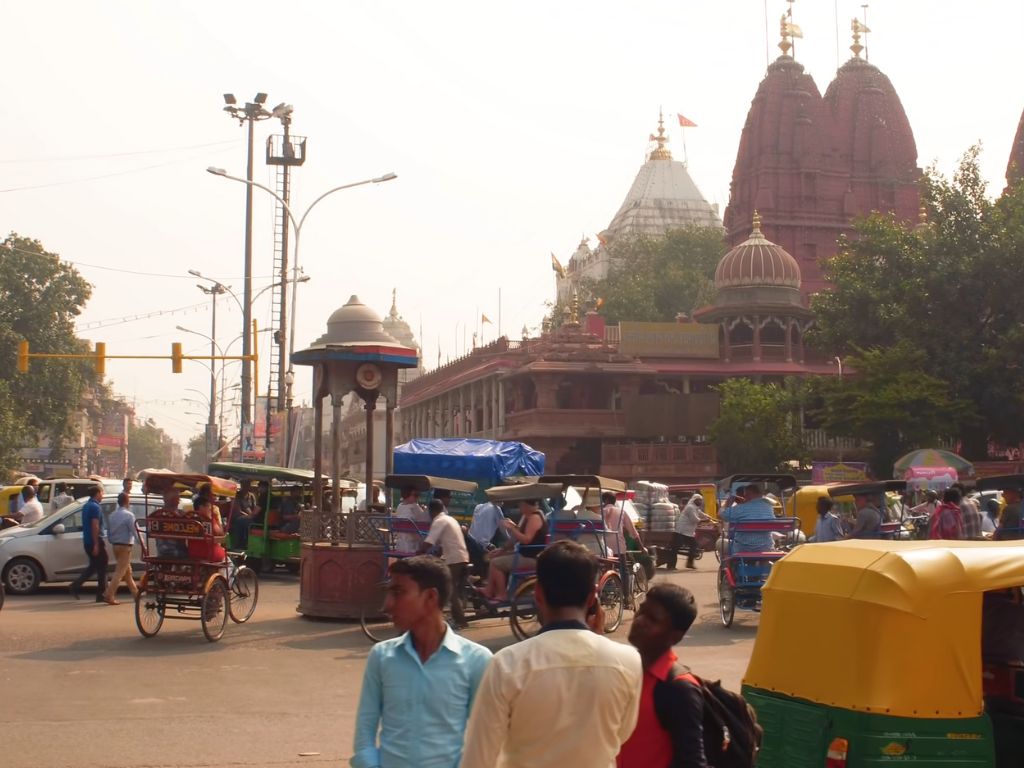
Travel Risks and Advisories
The U.S. Department of State has cited several travel risks and advisories for India. Terrorism and civil unrest are major concerns, with terrorist groups such as Harkat-ul-Jihad-i-Islami, Harakat ul-Mujahidin, Indian Mujahideen, Jaish-e-Mohammed, and Lashkar-e Tayyiba active in the country. Terrorist attacks have targeted public places frequented by Westerners, including hotels, trains, markets, and restaurants.
Terrorism and Civil Unrest
The Maoists, or “Naxalites,” have also conducted attacks on security forces and government officials. Civil unrest, such as demonstrations and general strikes, can also disrupt travel and pose risks to tourists.
Crime and Violence
Crime, including violent crimes such as sexual assault, is another concern, especially in tourist areas.
Border Tensions
The U.S. government has also warned about the potential for armed conflict along the India-Pakistan border, advising against travel within 10 km of the border.
India Travel Advisory
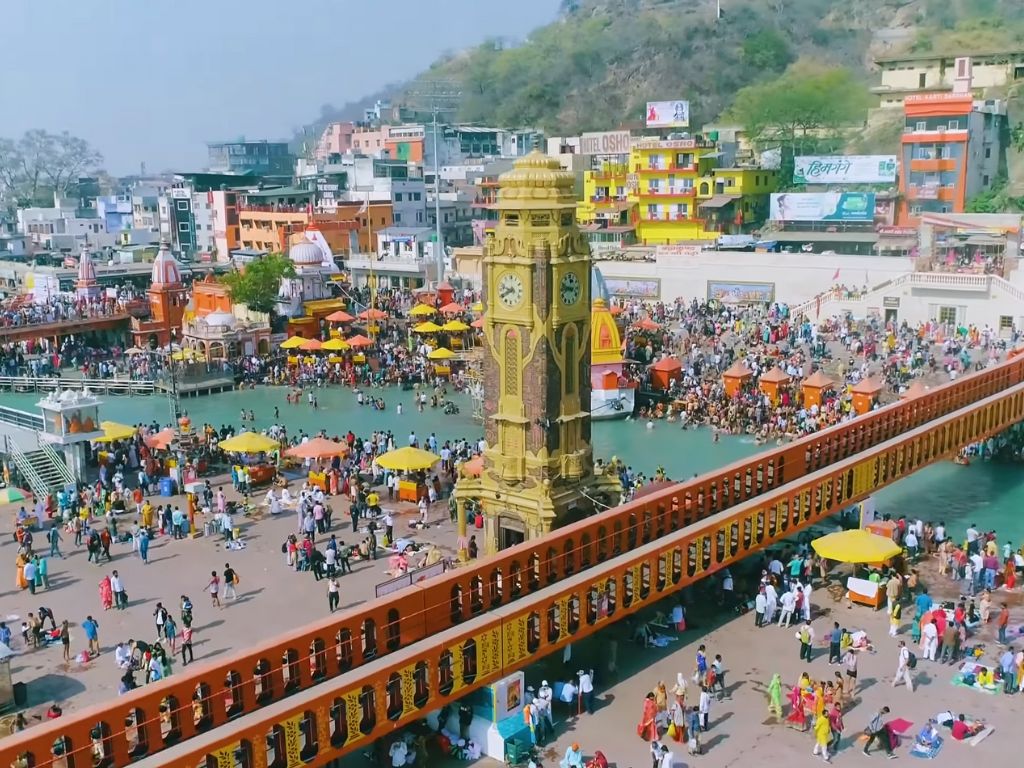
The U.S. Department of State has issued specific travel advisories for certain regions of India. These advisories highlight areas that pose increased risks to travelers, and provide guidance to help ensure the safety and security of U.S. citizens visiting the country.
Restricted Areas
The union territory of Jammu and Kashmir (except the eastern Ladakh region and its capital, Leh) is considered a restricted area due to ongoing terrorism and civil unrest. The Indian government also prohibits foreign tourists from visiting certain areas along the Line of Control separating India and Pakistan.
Northeastern States
The northeastern states of Assam, Arunachal Pradesh, Mizoram, Nagaland, Meghalaya, Tripura, and Manipur also present travel risks, with incidents of violence by ethnic insurgent groups. Travelers are advised to exercise caution and stay informed about the security situation in these regions.
Central and East India
In central and east India, the Naxalite extremist groups are active in a large swath of the region, particularly in rural parts of Chhattisgarh and Jharkhand. These areas pose a threat to travelers, and the U.S. government has limited ability to provide emergency services to U.S. citizens in these high-risk areas. Special authorization is required for U.S. government employees to travel to these regions.
Staying Safe in India
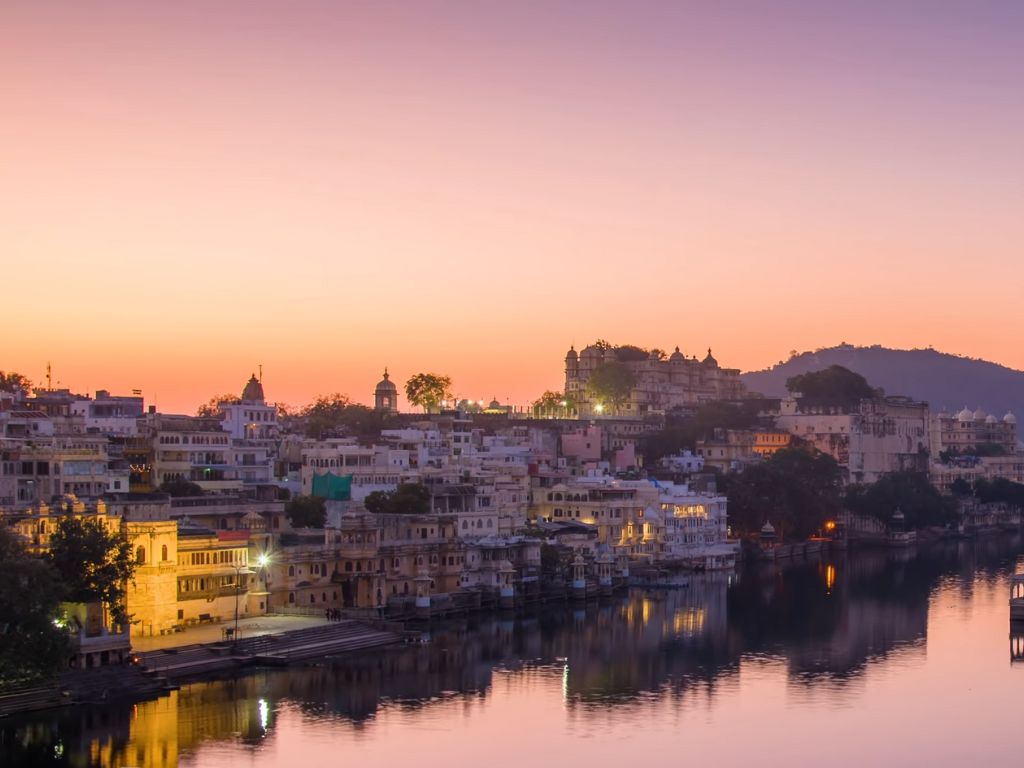
When traveling to India, the U.S. Department of State provides several recommendations to ensure personal safety and security. Travelers should practice good personal security measures, such as keeping a low profile, varying their routes and schedules, and maintaining awareness of their surroundings. Monitoring local news reports can help travelers stay informed about any ongoing threats or unrest in the areas they plan to visit.
Personal Security Measures
Travelers in India should take steps to safeguard their personal security, including keeping a low profile, varying their routes and schedules, and being vigilant of their surroundings. This can help reduce the risk of becoming a target for criminal activity or terrorist attacks, which are a concern in certain parts of the country.
Monitoring Local News
Staying informed about the local news and security situation in India can be crucial for travelers. By monitoring local media reports, travelers can stay up-to-date on any ongoing threats, civil unrest, or other incidents that may affect their safety and travel plans. This can help them make informed decisions and take appropriate precautions.
Emergency Preparedness
In the event of an emergency, travelers should be well-prepared. Enrolling in the Smart Traveler Enrollment Program (STEP) can help the U.S. government locate and communicate with travelers in case of a crisis. Additionally, travelers should prepare contingency plans for emergency situations and review the Traveler’s Checklist before their trip to ensure they are equipped to handle unexpected events.
Specific Advisories
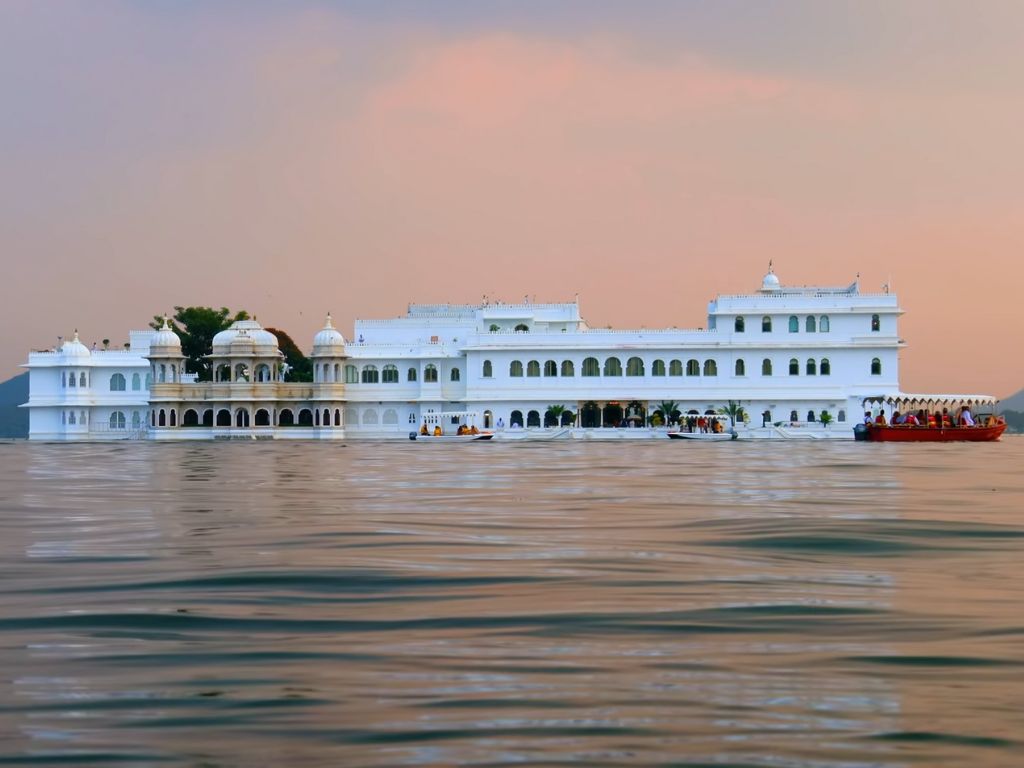
The U.S. Department of State has issued specific advisories for certain activities and situations in India. Religious violence occasionally occurs, especially when tensions between different religious communities are exacerbated. Foreigners suspected of proselytizing have been attacked in the past.
Swimming and Water Activities
Swimmers should exercise caution in open waters along the Indian coastline, particularly during the monsoon season, as strong undertows have resulted in fatalities. Wildlife safaris should only be undertaken with registered and trained operators, as even “tame” animals can be dangerous.
Wildlife Safaris
Wildlife safaris should only be undertaken with registered and trained operators, as even “tame” animals can be dangerous. Trekking should be limited to designated routes, and travelers should use registered agencies, porters, and guides.
Trekking in India
Trekking should be limited to designated routes, and travelers should use registered agencies, porters, and guides. Train travel in India is generally safe, but accidents and on-board fires have resulted in injuries and fatalities due to aging infrastructure and other factors.
Train Travel
Train travel in India is generally safe, but accidents and on-board fires have resulted in injuries and fatalities due to aging infrastructure and other factors.
Conclusion
In conclusion, the United States government advises U.S. citizens to exercise increased caution when traveling to India due to the risks of crime, terrorism, and civil unrest. Travelers should review personal security plans, monitor local news, and prepare for emergency situations. Specific areas of India, such as the union territory of Jammu and Kashmir, the northeastern states, and central and east India, are considered high-risk and the U.S. government has limited ability to provide emergency services in these regions.
Travelers should also be aware of potential risks associated with religious violence, swimming, wildlife safaris, trekking, and train travel in India. By staying informed and taking appropriate safety measures, U.S. travelers can have a safe and enjoyable experience in India. The conclusion of the U.S. Department of State’s India travel advisory emphasizes the importance of travel safety in India for U.S. citizens.
Overall, the U.S. government’s India travel advisory provides valuable guidance for U.S. travelers, highlighting the need for heightened awareness and preparedness when exploring the diverse and vibrant nation of India.
FAQ
What are the major travel risks and advisories for U.S. travelers to India?
According to the U.S. Department of State, the main travel risks and advisories for U.S. travelers to India include terrorism and civil unrest, crime and violence, and the potential for armed conflict along the India-Pakistan border.
What specific regions of India are considered high-risk or restricted areas?
The U.S. government advises against travel to the union territory of Jammu and Kashmir (except the eastern Ladakh region and its capital, Leh) due to terrorism and civil unrest. The northeastern states of Assam, Arunachal Pradesh, Mizoram, Nagaland, Meghalaya, Tripura, and Manipur also pose risks, with incidents of violence by ethnic insurgent groups. In central and east India, the Naxalite extremist groups are active in a large swath of the region, particularly in rural parts of Chhattisgarh and Jharkhand.
What safety measures does the U.S. government recommend for U.S. travelers to India?
The U.S. government recommends that U.S. travelers to India practice good personal security, such as keeping a low profile, varying their routes and schedules, and being aware of their surroundings. Travelers should also monitor local news reports, enroll in the Smart Traveler Enrollment Program (STEP), and prepare contingency plans for emergency situations.
What specific advisories does the U.S. government provide for certain activities and situations in India?
The U.S. government has issued advisories regarding religious violence, swimming and water activities, wildlife safaris, trekking, and train travel in India. Travelers should exercise caution and use registered and trained operators for these activities.
Source Links
- https://travel.state.gov/content/travel/en/traveladvisories/traveladvisories/india-travel-advisory.html?ref=y2z.travel
- https://www.intrepidtravel.com/us/india/is-it-safe-to-travel-to-india
- https://travel.state.gov/content/travel/en/international-travel/International-Travel-Country-Information-Pages/India.html

